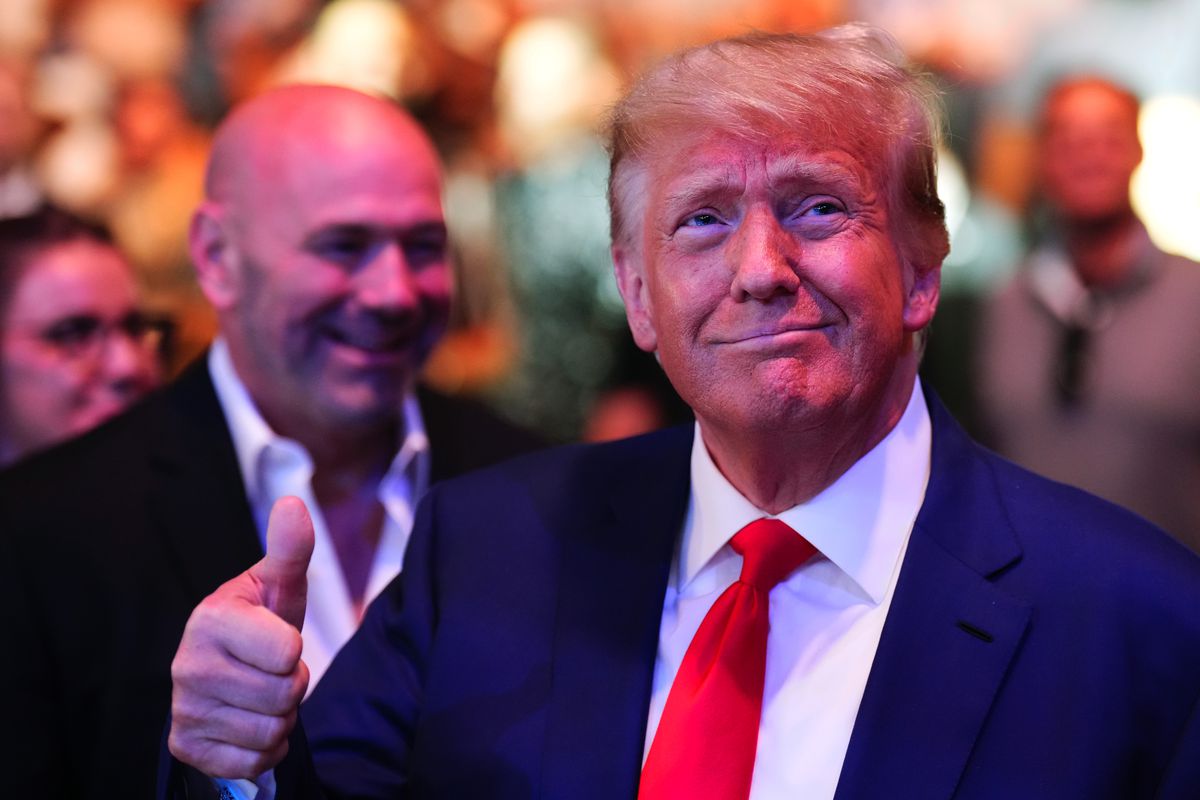Serious Article
By Hans Wilder
In the past week, New Jersey has become ground zero for a series of unsettling events involving unidentified drones—orbs, as some are calling them—hovering over Bedminster and nearby towns. Reports describe these devices as eerily quiet, moving in coordinated patterns, and evading radar detection. While such phenomena might typically be dismissed as the work of curious tech hobbyists, the situation has taken a darker turn.
Former President Donald Trump, known for his resilience and bravado, has reportedly decided against visiting his Bedminster property in light of these events. This is the same man who, when allegedly shot in the head during a heated exchange (a story he himself has humorously recounted), stood up immediately, raised his hand, and urged those around him to “fight, fight, fight.” Trump is no stranger to conflict—so if even he is steering clear of Bedminster, it’s worth asking: What does he know that we don’t?
Let’s start with the facts. These drones have been sighted consistently over areas of critical infrastructure and private residences. Witnesses describe them as unmarked and operating in ways that suggest advanced capabilities far beyond civilian technology. Local law enforcement and the Federal Aviation Administration (FAA) remain tight-lipped, leaving residents anxious and speculating about their purpose and origin.
Trump’s avoidance of Bedminster raises questions, particularly because his movements are typically well-documented and deliberate. His decision not to visit a property he has often referred to as his “summer White House” stands in stark contrast to his usual defiance of perceived threats or adversities.
Could the former president have been briefed on the situation by members of the intelligence community? It wouldn’t be the first time Trump had access to classified information with implications for national security. Even though he is not currently in office, he’s likely still looped into some sensitive discussions, particularly as he ramps up a campaign to potentially become the 47th president of the United States.
It’s not just Trump’s absence that’s raising eyebrows. The Secret Service, tasked with protecting current and former presidents, has not issued public statements about these drones. This silence could be a sign of how seriously they’re taking the matter. If these devices pose no threat, why the lack of reassurance to the public? And if they do, why hasn’t a larger federal response been mounted?
The implications of these drones—whatever they are—cannot be overstated. Could they represent foreign surveillance, testing the limits of American airspace security? Or something even more sinister? It’s hard to imagine the government doesn’t have more information, yet the public remains in the dark.
For now, we’re left to speculate. But speculation isn’t good enough when it comes to potential threats to American citizens and infrastructure. Transparency from both local and federal authorities is critical. Are these drones harmless, or are they a prelude to something far worse? And if Trump’s avoidance of Bedminster is any indication, perhaps we should take these sightings as seriously as he seems to.
I’ve spent years reporting on events that often blur the line between the ridiculous and the real. Readers know me for a sharp, often sarcastic tone. But this is different. My concern here is genuine, and I’m calling on the FAA, the Department of Homeland Security, and yes, the former president himself, to shed light on this increasingly mysterious situation.
Because when someone as tough and unflinching as Donald Trump won’t return to his own backyard, we’d be foolish not to ask why.




Hi,
Your brand deserves to stand out, and we’re here to help.
At Global Wide PR, we specialize in connecting businesses with top media platforms to increase visibility and credibility. As a gesture to get started, we’re offering a free article on Digital Journal—a great way to showcase your business to a wider audience.
For those looking to maximize exposure, we can also feature your brand on affiliates of FOX, NBC, CBS, ABC, and 300+ other sites for just $297. These placements can help you build trust and attract new customers.
To take advantage of this opportunity, click the link below to sign up on our site, and we’ll get back to you ASAP:
https://globalwidepr.com/
Looking forward to helping your brand shine!
Best regards,
Claudine
Global Wide PR
We value your preferences and understand that you might prefer not to receive our updates. To stop receiving communications from us, please fill out this quick form with your website address: bit. ly/unsubscribemeurl